The Department – Scope of Activities
- anatomy of wood analyses;
- wood formation analyses;
- wood species identification;
- dendrochronological dating;
- dendroclimatology and dendroecology;
- use of wood throughout history.
- natural durability of wood;
- wood decay fungi degradation;
- atmospherical corrosion;
- thermal degradation.
- assessment of tree condition;
- proposals for intervention and tree care;
- advanced methods for determination of tree stability.
- microwave radiation: plasticization, changes in permeability, chemical reaction acceleration;
- vacuum pressure impregnation: wood permeability, chemical modifications;
- thermal modification: dimensional stability, wood tones, wood resistance.
- measurements of physical and mechanical properties, wood vibro-acoustics;
- destructive and non-destructive testing;
- micro to macro scale characterization;
- numerical simulations of physical processes, materials and structures;
- optimization of material composition, structures, and products
- design and constructional calculations;
- development and testing of materials for timber building constructions;
- modern and traditional joints;
- structure surveys and documentation;
- reconstructions of timber structures.
- heat and moisture propagation through structures;
- energy demand optimization;
- building acoustics;
- daytime lighting;
- interior climate of buildings.
- structural protection of wood;
- chemical protection and its effectiveness;
- surface modifications for exterior use;
- wood sterilization.
- cutting processes and milling;
- fabrication automation, industry 4.0;
- sawmill production: technology, yield and lumber quality;
- wood drying, drying process parameters verification;
- speciality productions: crates, pallets, drums, barrels, coffins;
- layered, agglomerated, lignocellulose and other materials;
- recycling of waste materials into composites of added value.
Facilies – Places of Work
- Building B University Campus – the main facility for scientific work and presentation of curriculum subjects, department offices are located on the 6th floor.
- The Woodworking Pavilion – located in building P, recently modernized and equipped not only with traditional single purpose woodworking machines, but also modern numerically controlled machines that comply with emerging industry 4.0 concept (e.g. it houses two CNC centers). There is also a multifunctional classroom with scaled models of structures and samples of materials, windows, walls and roofs.
- Experimental building “WoodenHAT” – small experimental house on the periphery of university campus intended for testing wall and roof composition modules in different modes of heat and moisture propagation. Building construction and research have been done with participation of full-time students and doctoral study attendees.
- The Josef Ressel Research Center – this gem of a research facility located in wooded area near village of Útēchov offers a number of laboratories and classrooms dedicated to wood and wood based material research. The latest designs of technology, materials, semi-products and final products are thoroughly tested and/or modified thanks to specially equipped laboratories allowing for complex development from an initial idea to the final patentable product. Cooperation with private companies then professes in application in real world.
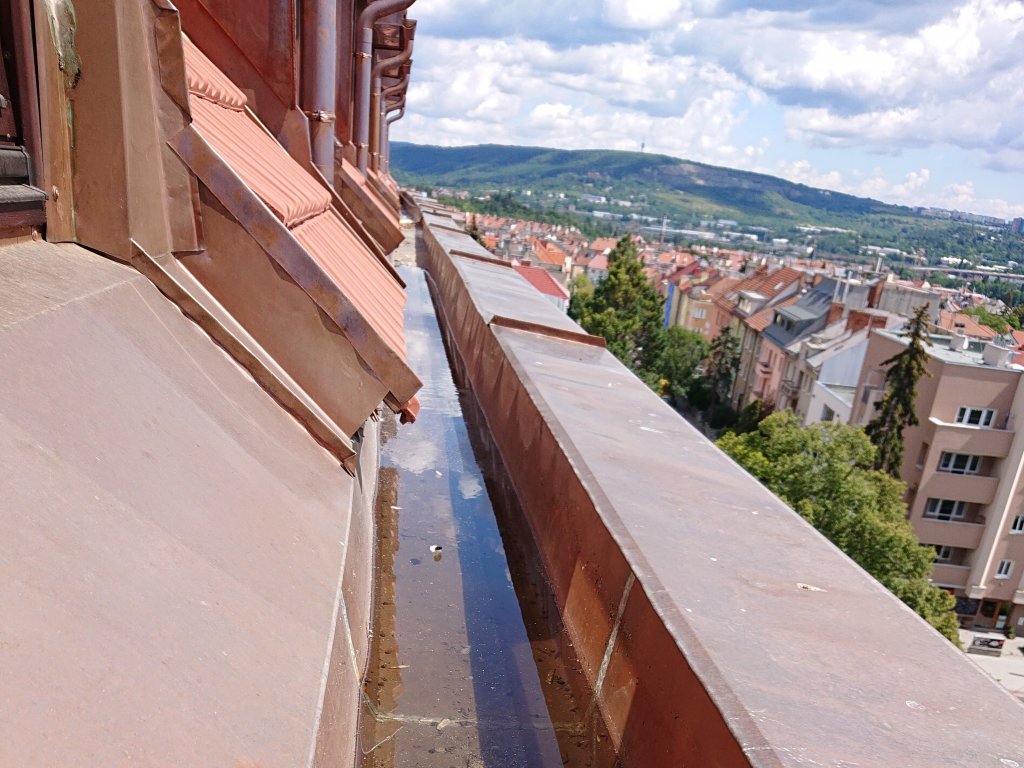
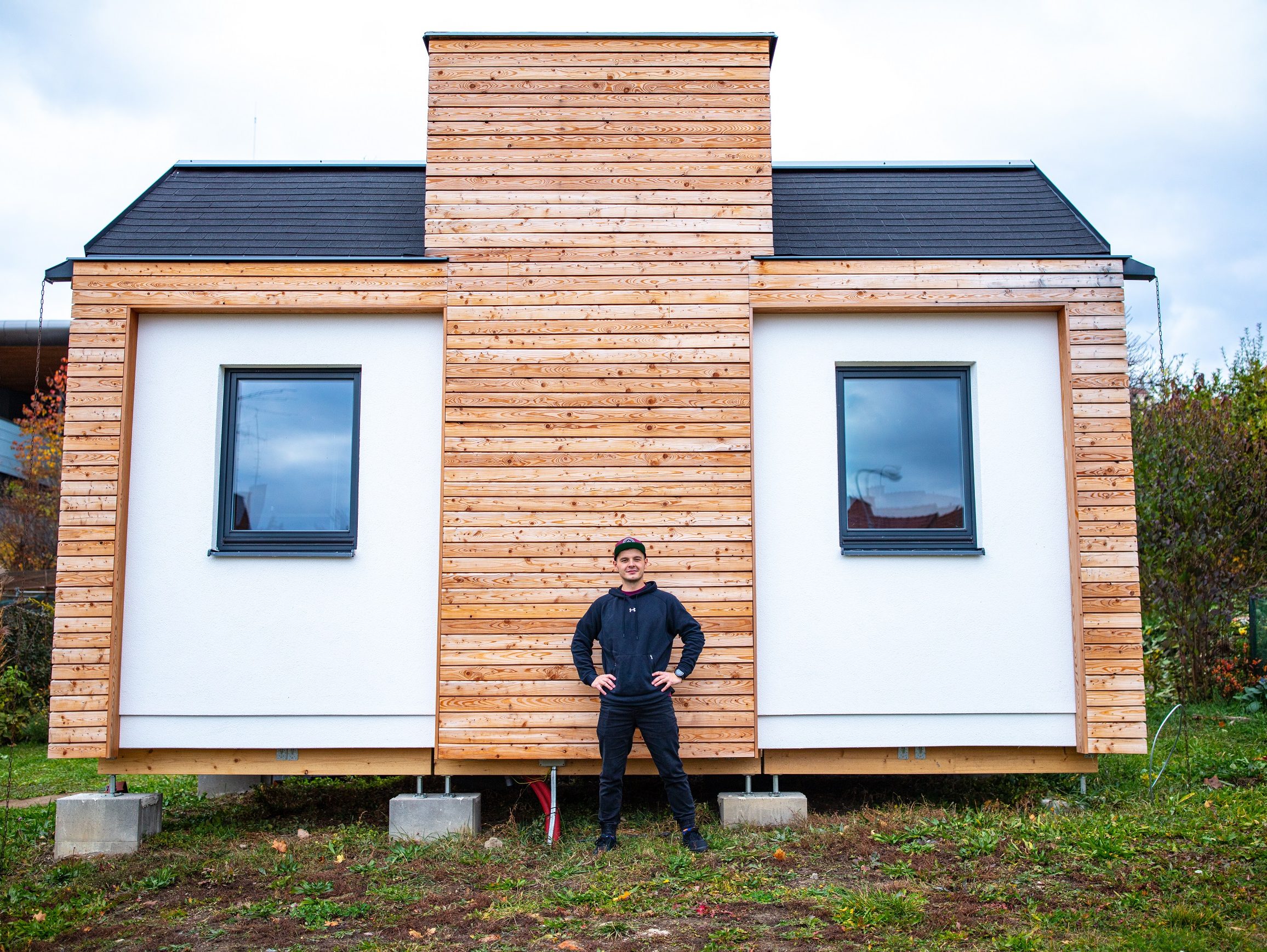
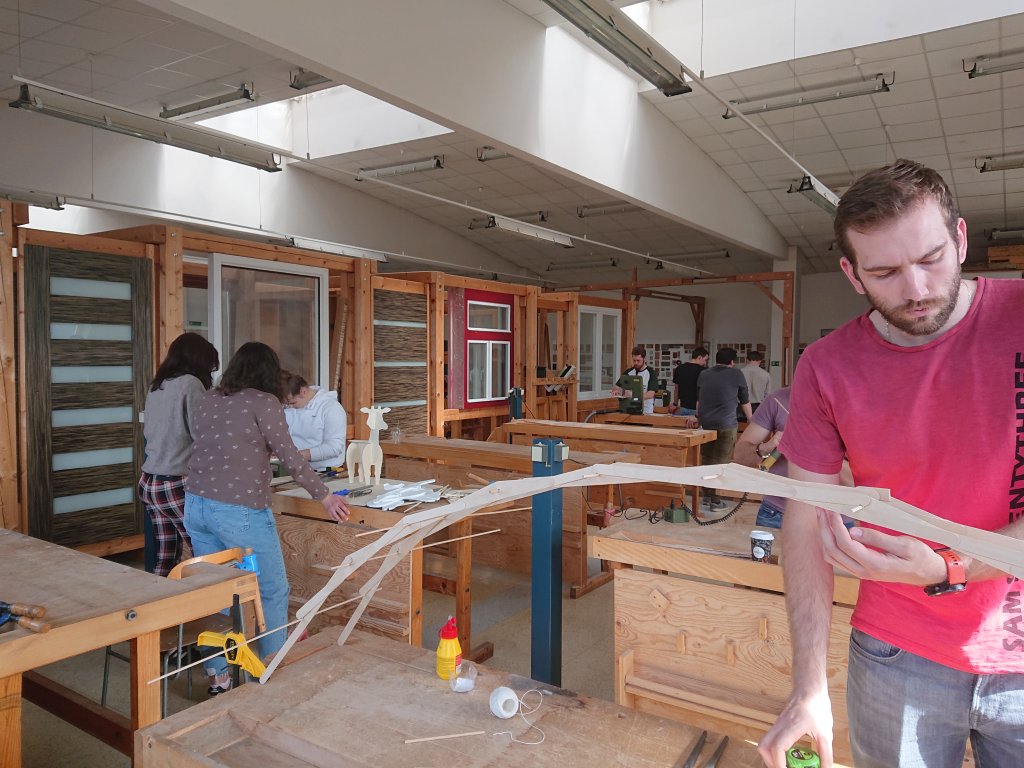
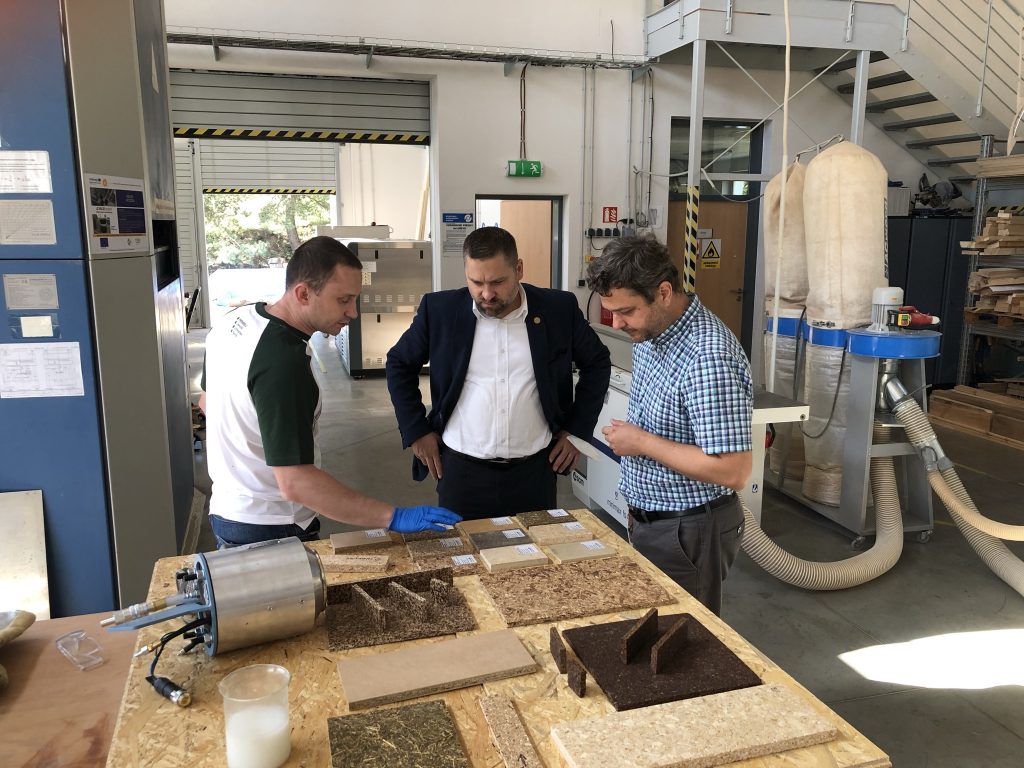
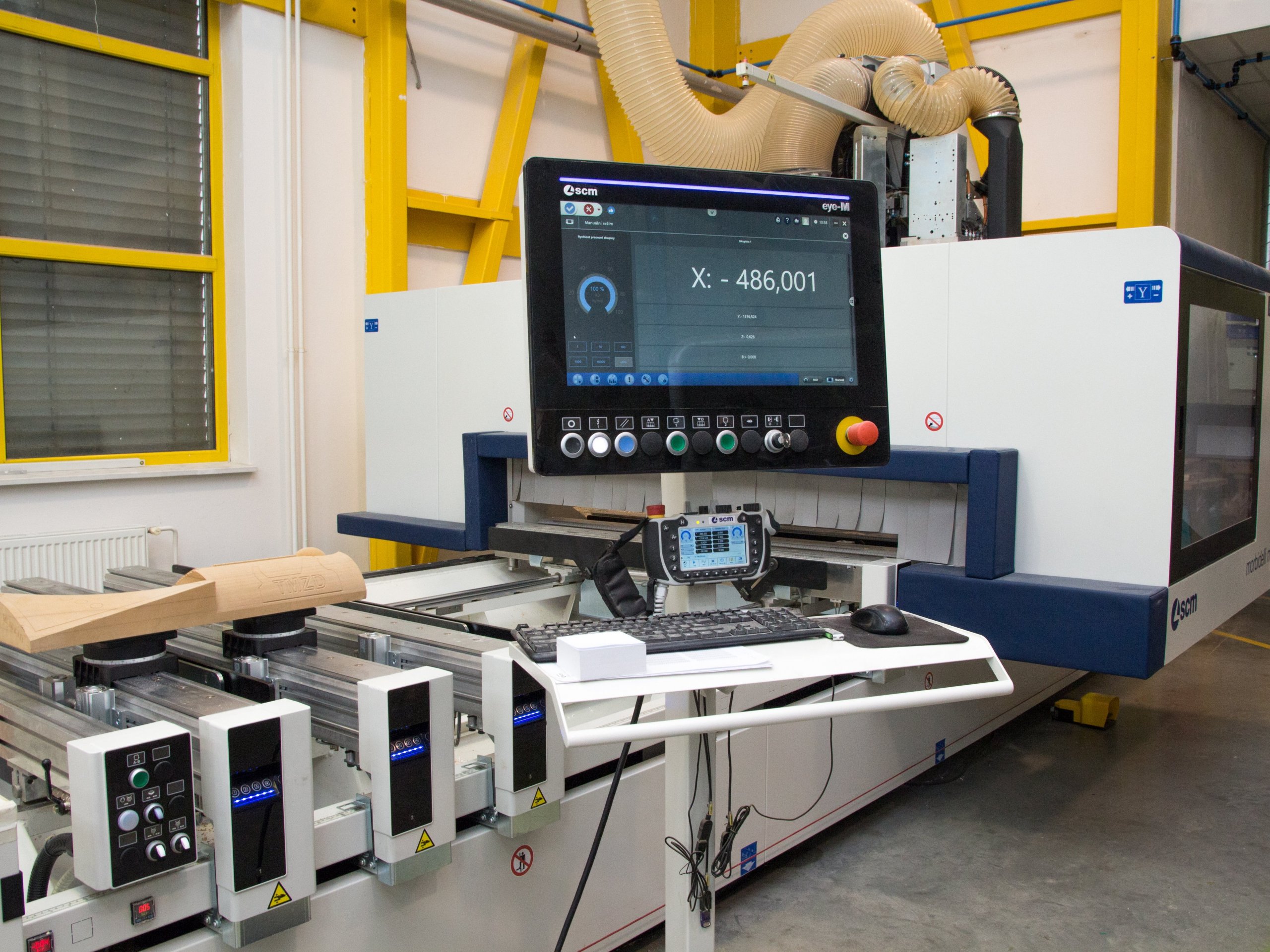
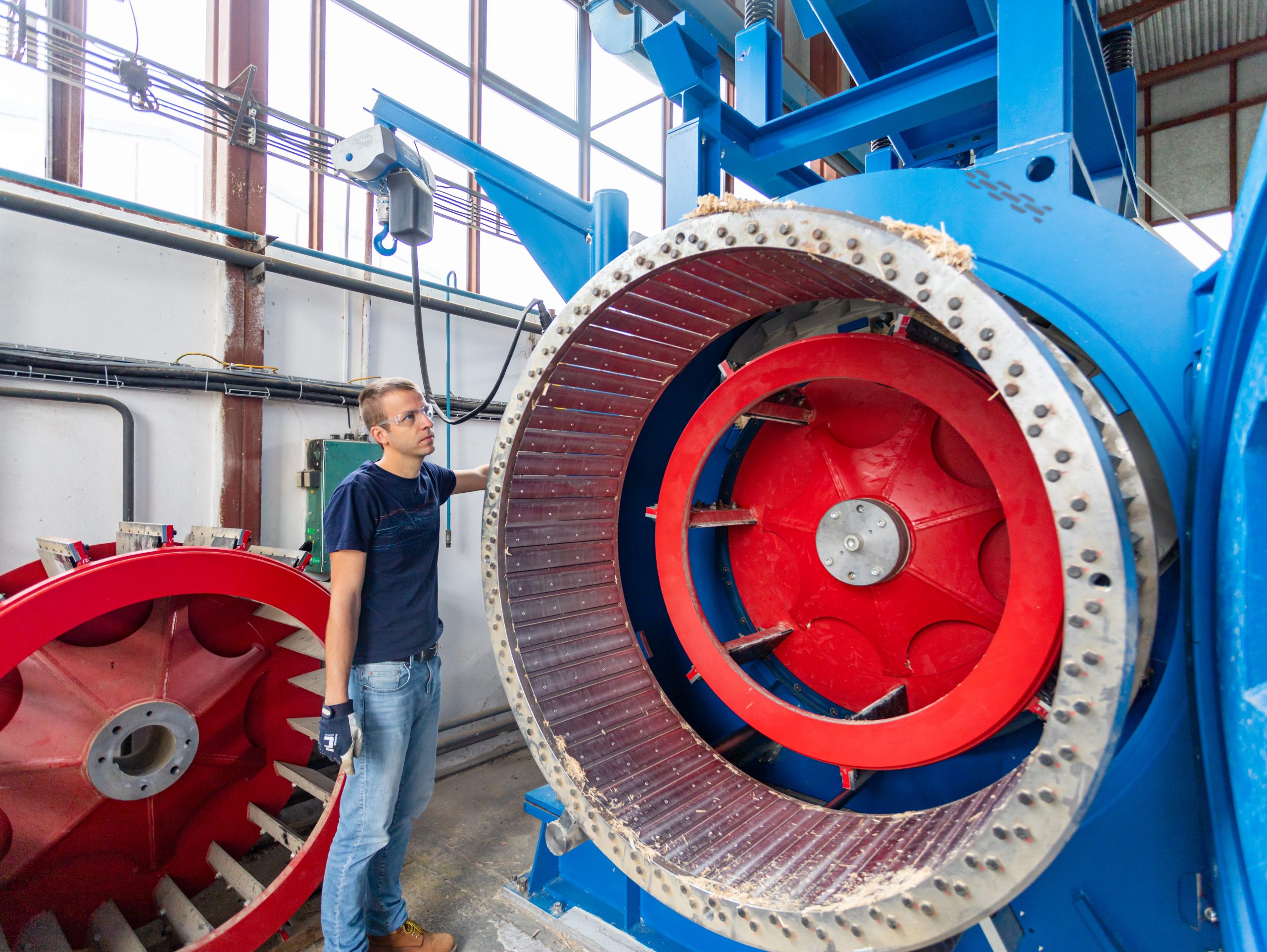
Cooperation
- The department scientific and academical activities are designed for long-term cooperation with professional organizations.
- Resulting research and education in individual project is set to produce solutions corresponding with current trends and requirements. Cooperation with long-term partners such as companies and their associations, museums, institutions and municipalities is essential. High level of science and education wouldn’t be possible without international collaboration.
- Asociace dodavatelů montovaných domů
- Bednářství Bařina
- Bednářství Fryzelka s.r.o.
- BPK s.r.o.
- Centrum pasivního domu
- DEK a.s.
- DIPRO, výrobní družstvo invalidů
- Dřevoterm s.r.o.
- DŘEVOZÁVOD PRAŽAN s.r.o.
- Erodach s.r.o.
- KATR s.r.o.
- Kompan Czech Republic s.r.o.
- LABE WOOD s.r.o.
- Lesy ČR s.p.
- Matrix a.s.
- Mayr-Melnhof Holz Paskov s.r.o.
- Miloslav Vlk s.r.o.
- Moravské dřeovstavby s.r.o.
- Nadace dřevo pro život
- Pila Javořice a.s.
- Pila Tetčice a.s.
- Sapeli a.s.
- SETORA s.r.o.
- Společenstvo dřevozpracujících podniků v ČR
- Stora Enso Wood Products s.r.o
- Vydona s.r.o.
- Wotan Forest a.s.
- Akademie výtvarných umění v Praze
- Archaia Brno z.ú.
- Archaia Praha, z.ú.
- Česká zemědělská univerzita v Praze
- České vysoké učení technické v Praze
- Muzeum Podblanicka
- Muzeum v přírodě Vysočina
- Muzeum vesnice jihovýchodní Moravy
- Muzeum vesnických staveb středního Povltaví
- Národní památkový ústav
- Ostravské muzeum
- Technické muzeum v Brně
- Ústav teoretické a aplikované mechaniky Akademie věd České republiky
- Valašské muzeum v přírodě
- Východočeské muzeum v Pardubicích
- Vysoké učení technické v Brně
- CESI Ecole d’ingénieurs F PARIS335
- Icelandic Forest Research Mógilsá
- NIBIO Svanhovd
- Salzburg University of Applied Sciences
- Slovenian Forestry Institut
- Slovenská Technická Univerzita v Bratislave
- Technická univerzita v Košiciach
- Technická univerzita vo Zvolene
- University College Dublin
- University for Sustainable Development Eberswalde
- University of Cambridge
- University of Freiburg
- University of Life Sciences in Poznan
- University of Ljubljana
- University of Lorraine
- University of Natural Resources and Life Sciences
- University of Primorska
- University of Valladolid
- Warsaw University of Life Sciences
- Žilinská univerzita v Žiline
Faculty Staff
The department’s eclectic group of individuals bring variety of fresh new ideas, resulting in an innovative approach not only to science and technology, but also education. This creative environment absorbs new colleagues from professional world as well as students and PhD students. the team are foreign researchers on short and long-term internships is an integral part.
Our History
The department of Wood Science and Wood Processing Technology started when the Department of Wood Science and the Department of Wood Technology in 2019 merged.
Validity of this combination quickly manifested with achievement of major milestones, such as modernization of pavilion P and completion of the experimental module “woodenHAT” in 2020.
The beginning of 2023 was marked with the establishment of a new Laboratory of Advanced Treatment of Wood Surface and the equipment upgrade for the Thermal Technology Laboratory.
Department of Basic Wood Processing (later Department of Wood Processing Technology)
- In 1991, the Department of Basic Wood processing separated from the department of Forest and Wood Processing as a founding department of the future wood analysis and wood processing study. It provided education in wood processing and mechanization, tools, machinesand technologies, milling, warehouse arrangement and organization of log production, sawing technologies, drying, wood protection, specialty wood production, technology for agglomerated materials and plywood, construction carpentry production, all in close connection with domestic and foreign companies.
- Other essential components of the curriculum were the composition and design of timber structures and timber building construction associated with education about historical wooden buildings and buildings of manufacturing nature (mills, sawmills, etc.), surveying of historical buildings, technical surveys and restoration proposals. All this was closely coordinated with the National Monuments Institute, museums and other nstitutes as well as private entities.
- In 1995 the Department broad educational range got narrowed to a more specific profile of technology and some areas of education and research were transferred to the newly established Department of Wood Science.
- Completion of pavilion P in 1998 resolved technical needs of the educational process and provided laboratories and maintenance facilities. It was equipped with very sophisticated equipment of the time, including modern CNC machines.
- Research focused on wood quantification peaked in 2008 with the establishment of Calibration Laboratory of Measuring Devices. This laboratory was independent within the faculty due to the particulars of accreditation.
- In 2017 the department was renamed as the Department of Wood Processing Technology.
- In 2018 an extensive modernization of the woodworking pavilion P started.
- Pavilion P modernization was completed in 2020 and its equipment now complies with Industry 4.0 demands and requirements.
The Department of Wood Science
- The Department of Wood Science was established in 1995 by separating from then the Department of Forestry Botany, Dendrology and Typology.
- The Department was originally to focus on wood anatomy, hydrothermal modification and protection issues.
- In the following years, the Department’s scientific and educational attention expanded to topics of arboriculture and dendrochronology.
- After the year 2000, the Department increased its focus to comprise numerical simulation of physical and mechanical events (mainly in wood).
- As a part of international cooperation from 2012 to 2015, the department played a major role in creating an international science&-research team specializing in the development of advanced materials (Inwood).
- The team was led by foreign experts whose extensive expertise in composite materials and their properties stood as a guarantee and also significantly influenced the Department work path all the way to the present day.
- In 2015, the Josef Ressel Research Center was opened in Brno-Útěchov, strengthening the Department’s infrastructure for science and research into forestry and woodworking.